harmonyyybee
Newbie
- Oct 31, 2015
- 3
- 0
- Primary Interest:
- All Treasure Hunting
Found this on the beach in Puerto Rico. The black lines have been carved out and the glaze seems to have been tempered with sand perhaps as it has some sparkles in parts of it. Fairly thick and appears to be hand made (no wheel throwing lines). If i could get an aprox date of origin or place of origin that would lead me in the right direction I would greatly appreciate it. I have been hunting all over the internet and have had very little to no luck and I am exhausted. Thanks !
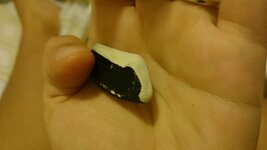
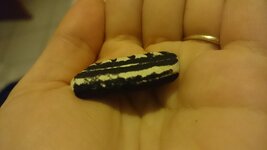
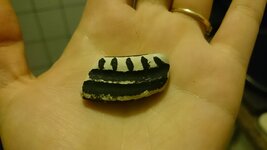
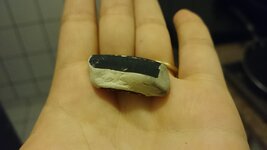
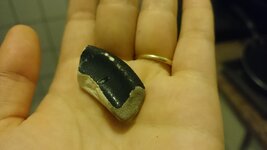
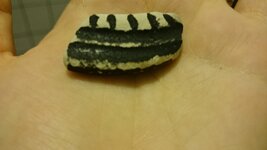
Heres one for size reference (after it has been wrapped)
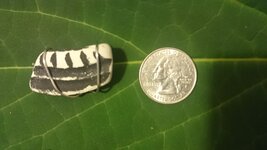






Heres one for size reference (after it has been wrapped)

Last edited:







